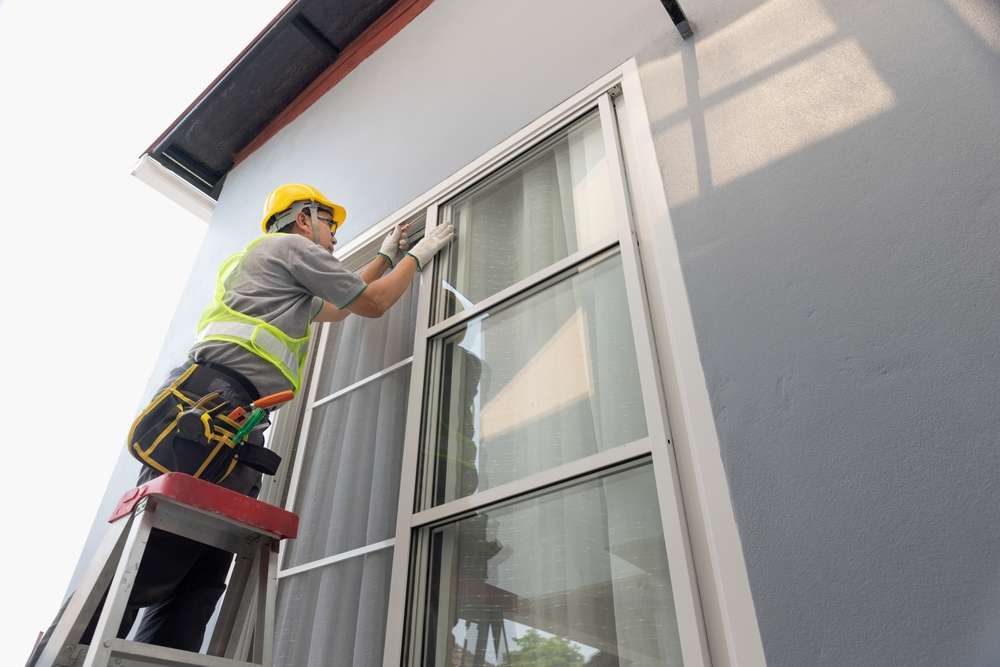Revamp Your Home Exterior: Ultimate House Painting Guide
Exterior house painting can dramatically refresh your home's look, boost curb appeal, and protect it from weather damage. This in-depth guide covers everything from surface preparation and paint selection to application techniques, cost estimates, and whether to DIY or hire a pro. Learn how to choose durable paints, prepare siding and trim, and apply finishes that last—plus realistic budget ranges and a pricing table to help plan your project.

Revamp Your Home Exterior: Ultimate House Painting Guide
Exterior painting is one of the fastest ways to update a home’s appearance while adding a protective layer against sun, rain, and temperature swings. A well-planned paint job improves curb appeal, can increase resale value, and prevents long-term damage when done correctly. This guide walks you step-by-step through the preparation, paint selection, application methods, cost expectations, and the pros and cons of hiring professionals versus tackling the work yourself.
Surface preparation: the foundation of a long-lasting paint job
Thorough preparation determines how well paint adheres and how long it lasts. Begin by cleaning every surface to remove dirt, mildew, and peeling paint—power washing is highly effective for siding and large exterior areas. After cleaning, inspect for damage: replace rotted wood, fill hairline cracks, and repair loose or warped siding. Scrape away any flaking paint and sand rough patches to create a smooth substrate.
Bare wood, new repairs, or severely weathered areas should receive a quality primer designed for exterior use before topcoats are applied. Primer improves adhesion and evens out porosity to prevent blotchy finishes. Protect landscaping, windows, fixtures, and walkways with drop cloths and painter’s tape or masking film; this not only keeps the site tidy but prevents overspray and paint stains.
Picking the right paint for exterior surfaces
Choosing the correct paint affects durability, color retention, and resistance to the elements. Opt for high-quality exterior formulations that advertise UV resistance, mildew inhibitors, and strong adhesion. Acrylic latex paints are common for many siding types because they’re flexible, breathable, and clean up with water; oil-based options may be preferred for specific trims or to smooth imperfect surfaces.
Consider your local climate when selecting a product—areas with intense sun, heavy rain, freezing cycles, or high humidity can benefit from specialized coatings engineered for those conditions. Match the paint to the substrate: wood, stucco, fiber cement, and vinyl each perform best with certain formulations and surface preparation methods. Spending more on premium paint usually reduces maintenance frequency and extends the life of the paint job.
Application techniques for a professional-looking finish
Use techniques that promote even coverage and lasting results. Work from the top of the house downward to avoid drip issues on freshly painted areas. Combine tools: brushes for trim, corners, and detail work; rollers for broad, flat sections; and airless sprayers for speed and uniform coverage on large surfaces. When spraying, back-roll or back-brush to ensure proper penetration and to reduce lap marks.
Apply paint in thin, even coats and allow recommended drying time between coats—thicker coats may look better initially but are more likely to crack and peel. Maintain a wet edge to avoid overlapping marks, and choose working times when the surface is cool and out of direct sun; painting on hot, sunny days or during freezing temperatures can affect adhesion and drying. Use proper ladder safety and consider scaffolding for higher sections to maintain a steady, controlled application.
DIY or hire a contractor?
Many homeowners successfully repaint exteriors themselves, especially for smaller homes or when the existing surfaces are in good condition. DIY saves labor costs but requires time, the right tools, and confidence with surface prep and safe use of ladders and sprayers.
Hiring a professional offers several benefits: experienced painters bring efficient workflows, access to commercial-grade equipment and higher-grade materials, and the ability to spot and remediate underlying issues (like hidden rot or moisture intrusion) that could compromise results. Professionals often provide warranties or guarantees and can finish work faster and with more consistent outcomes than an inexperienced DIYer. For complex exteriors, tall multi-story homes, or projects needing extensive repair, a contractor is usually a safer investment.
Typical costs and budget planning
Exterior painting costs vary by home size, the extent of preparation and repairs needed, paint quality, and regional labor rates. For a standard single-story home, a complete exterior paint job typically falls between $1,700 and $4,000, but larger homes or those needing extensive remediation can cost more. Below are common price ranges to help you plan:
| Service | Provider | Cost Estimation |
|---|---|---|
| Exterior Painting (1,500 sq ft house) | National Average | $2,500 - $3,500 |
| Premium Paint Job | High-End Contractors | $4,000 - $6,000 |
| Budget-Friendly Option | Local Painters | $1,500 - $2,500 |
| DIY Paint Job (materials only) | Homeowner | $400 - $1,000 |
Prices, rates, or cost estimates mentioned in this article are based on the latest available information but may change over time. Independent research is advised before making financial decisions.
Final considerations and maintenance tips
A painted exterior is an investment that pays off with careful planning. Prioritize surface repair and priming, choose paints suited to your climate and siding, and use sound application techniques to extend the life of your finish. If you hire professionals, check references, confirm insurance and warranties, and get multiple bids to compare scope and cost.
After the project, keep gutters clear, trim trees and shrubs away from siding, and perform annual inspections for touch-ups to extend the interval between full repaints. With the right prep, materials, and application, a fresh exterior paint job will preserve your home and keep it looking its best for years to come.






